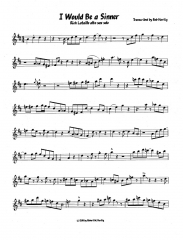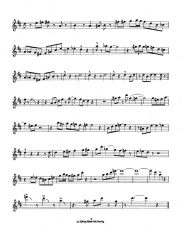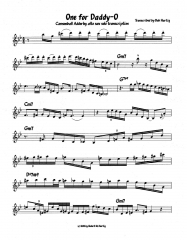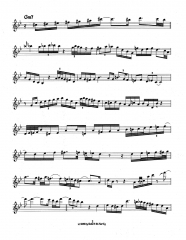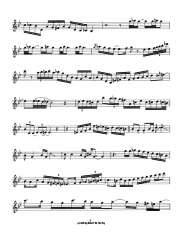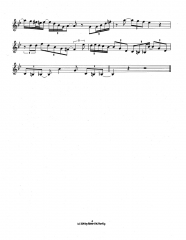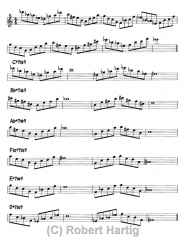A quick reminder to my West Michigan friends that I’m playing with Francesca Amari and band tonight and tomorrow night.
Tonight’s gig is from 8:00 to 11:00 p.m. at One Trick Pony in downtown Grand Rapids. If you’re from around here, you know where it is.
Tomorrow’s gig runs from 6:00 to 9:00 p.m. at the Seasonal Grille in Hastings, right across from the courthouse square. Address is 152 West State Street.
Besides Francesca and me, the lineup consists of Dave DeVos on bass, Bobby Thompson on drums, Wright McCargar on keyboards tonight at the Pony, and Mark Kahny on keys tomorrow night at the Grille.
You can count on good food and a good time. Make it if you can.
